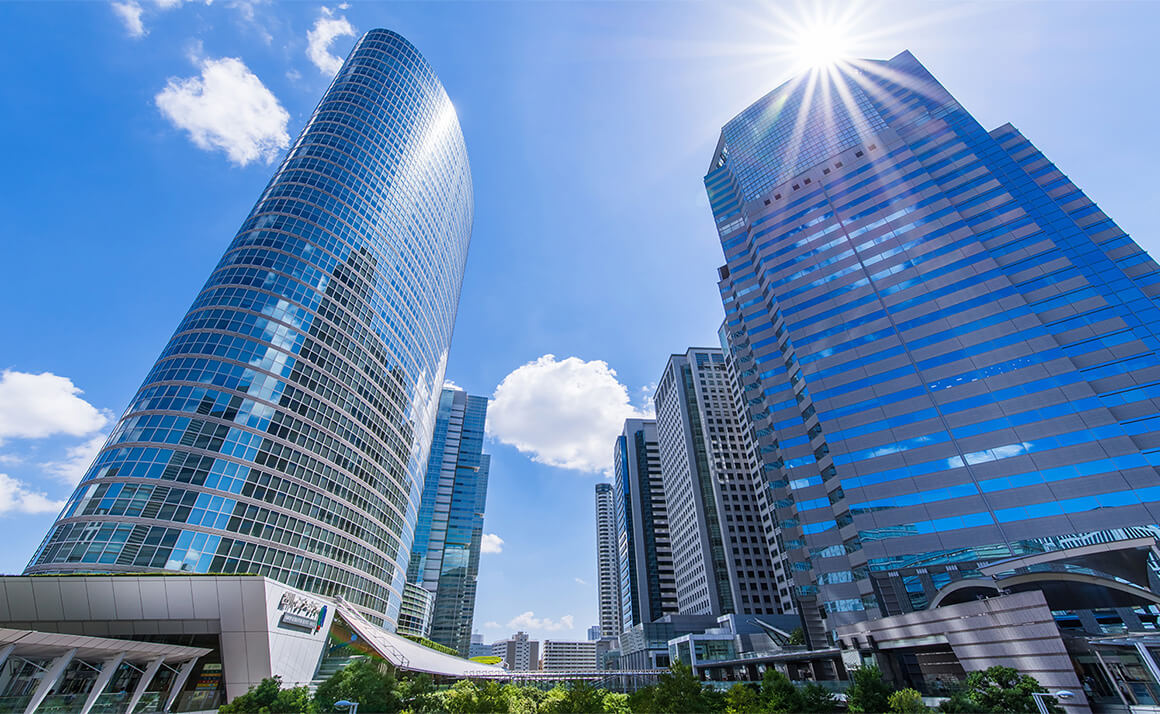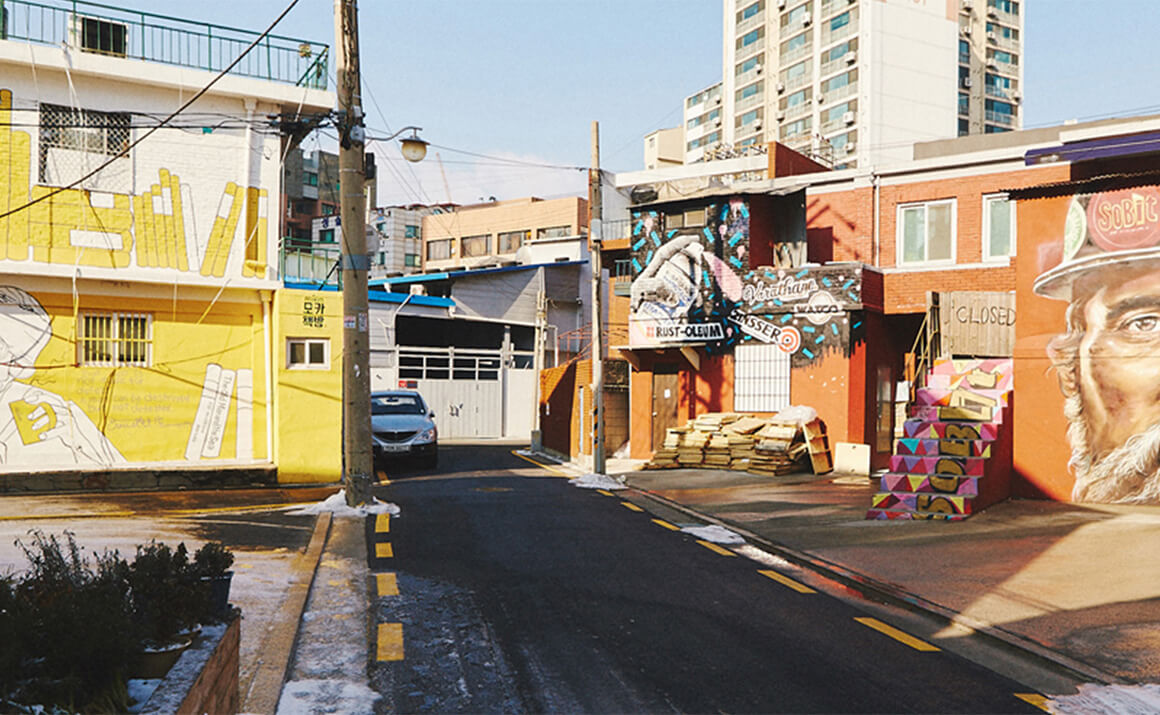
Emerging office locations – finding value in gateway cities
Finding value in any of Asia Pacific’s major cities is hard, but new business districts are popping up all the time, in order to meet tenant demand for cheaper and sometimes different space.
In some cases these districts cater to back office functions, or to creative industries, while often they morph into new central business districts as the city evolves around them.
Prospects takes a look at some emerging office locations in Asia’s major cities.
Tokyo: Shinagawa
Close to Tokyo’s Haneda Airport and a number of residential districts, Shinagawa has become increasingly popular with office occupiers in recent year, attracted by rents, which at ¥24,400 per tsubo are 40% lower than in prime Maranouchi.
Tetsuya Kaneko, head of research and consultancy at Savills Japan, says: “As conveniently located space in Tokyo’s Central Five Wards is essentially unavailable, tenants have been increasingly looking outside of central Tokyo to find office space. Shinagawa ward appears to be one of the primary beneficiaries of this trend, with its market heating up considerably in recent years.
“Shinagawa is easily accessible from increasingly popular residential areas, such as Ota and Setagaya, as well as Kawasaki and the residential districts of Yokohama.”
Shanghai: Zhuyuan
Located in Pudong, Zhuyuan started out as a back office location for office tenants in neighbouring Lujiazui, however James Macdonald, senior director at Savills China, says this is no longer the case.
“It is getting hard to pin down emerging and back office locations in China. As cities grow these locations are being swallowed by the city core and their rental savings are shrinking. Also, some of the more decentralised locations are not back offices but in fact, new CBDs planned by the government.”
Hong Kong’s Yuexiu REIT, which owns a prime office building in Zhuyuan, says the area shows vacancy of only 10.3%, compared with 18.5% citywide.

Seoul: Seongsu-dong
Sometimes described as “the Brooklyn of Seoul”, Seongsu-dong was once home to a myriad of shoe factories, but is now a prime location for Seoul’s hipsters, artists and designers.
“Seongsu-dong used to be an old industrial district that is under development to become a modern business area, where co-working operators and start-ups are gathering,” says JoAnn Hong, director, research and consultancy, valuation at Savills Korea, says. “There are also plans for larger mixed use developments.”
Earlier this year, Korean co-working firm Fast Five opened a second, large centre in Seongsu-dong, with 72,000 square feet of workspace over 11 floors. It offers discounted space to companies with strong corporate social responsibility and an incubator for social ventures.
Hong Kong: Wong Chuk Hang
Office space is tight in Hong Kong’s Central, the world’s most expensive office location, however a number of new locations offer alternatives.
Best known is CBD2 in Kowloon East, however Wong Chuk Hang, an industrial area on the South Side of Hong Kong Island, near Aberdeen, offers a funkier alternative for occupiers and investors. Office rents are similar to Kowloon East in the early to mid HK$30s per square foot, a fifth of Central rents.
Filled with co-working centres, private kitchens and fashion companies, Wong Chuk Hang has a more creative atmosphere than Kowloon East, despite the rugged industrial buildings. It also offers better connections to Central, accessible in 14 minutes on the MTR.
Singapore: Paya Lebar
Located in the East Region of Singapore, Paya Lebar was identified as a growth area by the Urban Redevelopment Authority and as a decentralised office location. The Singapore government is keen to develop decentralised office markets in order to take pressure off the CBD infrastructure.
Only 15 minutes from both the CBD and Changi Airport, Paya Lebar is beginning to attract multinational tenants, particularly Lend Lease’s Paya Lebar Quarter mixed use development, which has attracted tenants including IWG, PropertyGuru and NTUC Income.
Office rents at the new development are reported to be S$7-8 per square foot, compared with S$13.2 for Marina Bay and S$10.28 at Raffles Place.
Further reading:
Savills Asia Pacific Investment Quarterly
Contact Us:
Tetsuya Kaneko | JoAnn Hong


